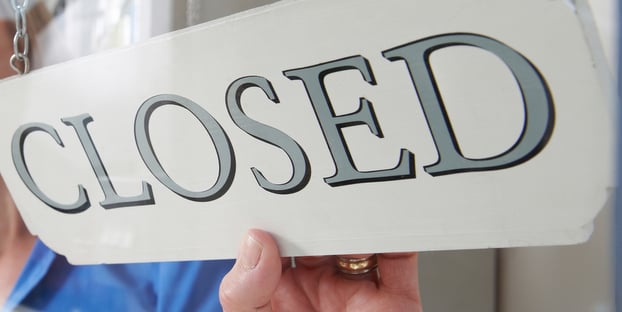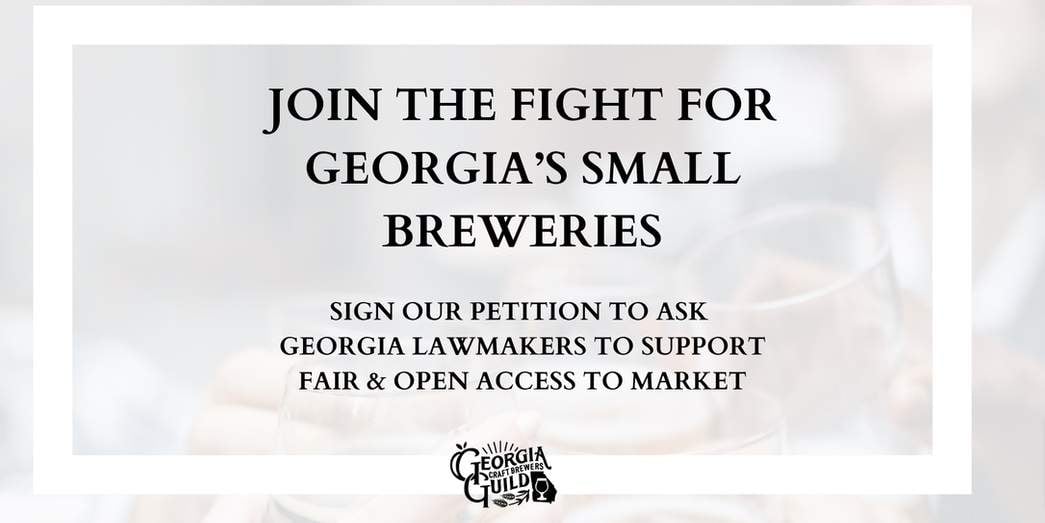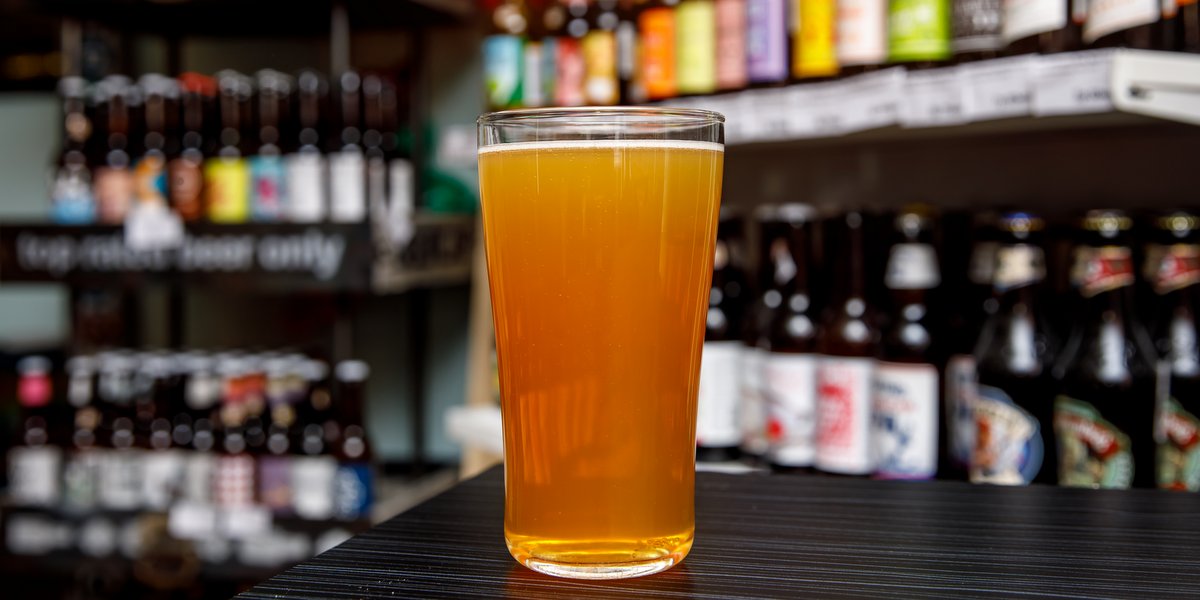
Each year at the Craft Brewers Conference I marvel at the state of the industry numbers. Since we’ve started CBB, the chorus has remained the same — lots more breweries added, not many closed.
This year the brewery closing number was a smidge higher than normal at 96, but as a percentage it is the lowest it’s been in the last few years. That gap between opening/operating breweries and closings is always why I haven’t given much thought to a talk of a craft beer bubble bursting.
We’ve discussed the insane success rate of craft breweries before. In Keith’s “What are the historic success and failure rates of breweries” feature, we learned that 51.5 percent of the brewpubs and 76 percent of the microbreweries that have opened in the modern era (since 1980) are still open (so failure rates of 48.5 percent and 24 percent respectively).
About half of all new establishments (i.e. small businesses) survive five years or more and about one-third survive 10 years or more. After that, the probability of survival increases with a company’s age. So, that makes the numbers above exceedingly impressive.
If you’d like more insight into those numbers, definitely read that feature.
But finish this one first!
The question I wanted to dig into this year is why have those breweries failed? I suppose we must assume that this prolonged period of above average success rates is going to regress to a mean at some point, but I don’t like that assumption. I think all of your breweries, dear readers, can improve the odds of success even more by avoiding the pitfalls of those breweries that didn’t make it.
For all of life’s big questions, we turn to Bart Watson, chief economist of the Brewers Association. Can anything be gleaned from the closing data that could help today’s breweries and breweries in planning?
Does the brewery segment matter? How about geography? The data doesn’t reveal anything other than even distribution.
Closings:
Micros Brewpubs
2014 42 33
2015 38 40
2016 52 44
(The one additional closing in 2016 was the MillerCoors facility in Eden).
2016 Closings by Region
Midwest: 12
North Central: 17
Northeast: 19
Pacific (mostly California): 16
Pacific Northwest: 20
South: 13 (includes Eden closure)
But size does matter. Many of the closings were not BA members, so Watson didn’t have a ton of information on them, except for the fact that this cohort is composed of really small breweries. On average, the 96 craft closings produced 395 bbls in 2015.
“At that size, you probably aren’t making a ton of money even if things are going well — so if there is a hiccup [lease increase, partner leaves, more competitive market] it’s not going to take too much,” Watson said.
We asked Watson if there was any way to separate those that didn’t make it into “avoidable” and “unavoidable” categories — maybe a specific planning mistake was over-represented among those that failed?
Watson doesn’t see anything specific in the data.
“It’s a mix. Things that were avoidable weaken the business and then something unavoidable happens and they can’t make it through,” he said.
The answer is unsatisfying, but I guess there aren’t many satisfying answers to glean from stories like ThumbCoast Brewing in Port Huron, Mich:
ThumbCoast Brewing Company in Port Huron announced “the permanent closing” of the business in a Facebook post Thursday night.
“The challenges that we’ve faced throughout 2016, especially those which had (a) significant impact on revenue during the months of May and June, have finally caught up with us and we can no longer move forward,” it stated.
The city of Port Huron spent seven weeks in May and June rebuilding the East Quay parking lot that accommodated most ThumbCoast patrons. At the end of May, ThumbCoast owner Dennis Doyle said, “The work has definitely impacted our business. We have fewer customers. Some complain about not having any place to park — it’s what you would expect — nobody is happy about it.”
A really strong business might make it through that — but that’s an unexpected challenge — so this is one where it’s likely a mix. There are a lot of cases that look like that. An article about the brewery closing will reference a particular event (lease increase or falling out of business partners), but then you read their Yelp reviews and they are so-so, so it’s clearly not just that one event.
For all of my romanticizing the idea, craft breweries are still small businesses, and nothing can assure that a small business will succeed.
“I don’t think there is a top reason other than business struggles,” Watson concludes. “I think most people know this — but it’s been easy to fool yourself in the last few years due to the tremendous success rates. We’ve been in a unique period of demand growth that has allowed almost everyone to succeed, but we’re likely returning to a period with higher closures. People who have great beer and strong business skills will still succeed, but not everyone can succeed in a competitive market.”
So, bad news: There isn’t a magic bullet for avoiding a brewery closing, but the good news from the start of this feature remains — breweries are succeeding at a higher rate than similar startup businesses. Being one of those success stories is no guarantee, but you will give yourself the best chance by just making well thought-out business decisions and working your ass off.
And have a beer while you’re at it. You’ve earned it.





Leave a Reply
You must be logged in to post a comment.